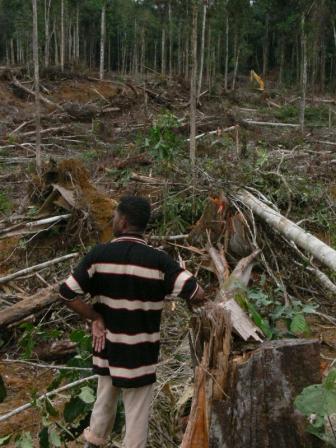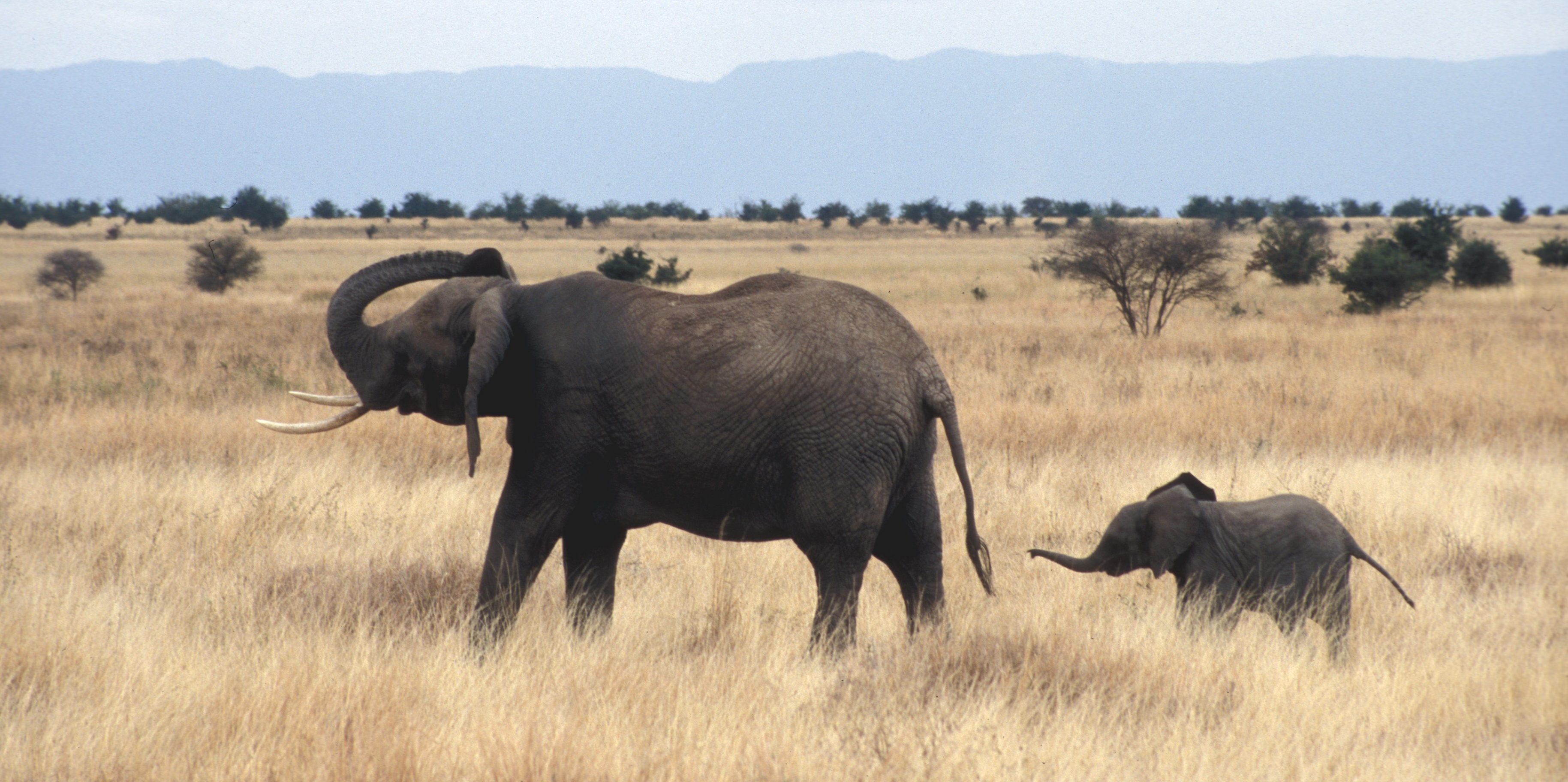Earth Day 2020: After the storm, a chance to begin a new relationship with the only home we have
Today (21 April) marks the 50th year Earth Day has been celebrated.
This half-century was supposed to coincide with a crucial year for environmental protection due to the convergence of a series of major international meetings, including the Convention on Biological Diversity scheduled to be held in China in October and the UN climate convention in the UK in December.
Like so much else, the coronavirus pandemic has laid waste to these plans, with both conferences postponed. Yet if we are willing to learn lessons about the origins of the COVID-19 crisis, which has arisen from human’s on-going assault on nature, and take the hard decisions needed to avoid further pandemics, 2020 could still prove to be a pivotal year for our shared environment.
One of the triggers for the increased environmental consciousness which led to the first Earth Day on 22 April 1970 was a photograph taken just over a year previously. The photo, which came to be known as Earthrise, was snapped from the Apollo 8 spacecraft by astronaut Bill Anders and was the first colour picture of the Earth taken by a human beyond it.
For the first time we could see both the beauty and fragility of our planet, a speck of light amidst the darkness.
The celebrated image helped prompt concern about the increasing damage being wrought on the Earth by human activity and paved the way for a raft of environmental rules and regulations.
 Yet for all the awareness and concern, the past 50 years have been disastrous for the health of our planet. While from space the Earth still looks more or less the same fragile dot pictured in 1968, closer up it is fragmented and damaged, testament to decades of abuse and exploitation. Biodiversity levels have crashed and hosts of vital ecosystems invaded, such as tropical forests destroyed for financial gain.
Yet for all the awareness and concern, the past 50 years have been disastrous for the health of our planet. While from space the Earth still looks more or less the same fragile dot pictured in 1968, closer up it is fragmented and damaged, testament to decades of abuse and exploitation. Biodiversity levels have crashed and hosts of vital ecosystems invaded, such as tropical forests destroyed for financial gain.
It is this assault on our nature and biodiversity which has given rise to the current coronavirus pandemic. About 60 per cent of all infectious diseases in humans are zoonotic, coming to us via animals. COVID-19 is thought to have emerged from a wildlife market in Wuhan, China where the virus first emerged. The spread of zoonotic viruses is driven by profound changes to natural ecosystems caused by human activities such as logging; for example, the Ebola outbreak in West Africa during the past decade was the result of deforestation which led to closer contacts between wildlife and humans.
During my time at EIA, I have seen at first hand some of the illegal and abusive activities which continue to despoil our planet and render us ever more vulnerable to viruses such as COVID-19: pristine rainforests in Papua illegally felled on an industrial scale and turned into cheap flooring; herds of elephants slaughtered for ivory trinkets; and tigers born and raised in squalid facilities to feed demand for their bones and skins.
We have known about the implications of the looming climate and biodiversity crises for decades but have repeatedly failed to take difficult decisions in response, believing there is still time to put things right. The current pandemic exposes this falsehood as we realise for the first time that our ongoing destruction of the natural world can have rapid and severe consequences for humanity.
 But when we get over the peak of the COVID-19 crisis, instead of the radical actions needed to avoid future pandemics, such as ending the wildlife trade and halting deforestation, there will be intense pressure to kick-start economies which have plummeted due to lockdowns and travel bans caused by the pandemic. For example, the Indonesian Government is planning to scrap its effective timber legality system on the spurious grounds that such environmental controls stand in the way of rebooting the economy. Powerful vested interests will also try and block action, such as proponents of China’s wildlife farming industry which was valued at $57 billion in 2017.
But when we get over the peak of the COVID-19 crisis, instead of the radical actions needed to avoid future pandemics, such as ending the wildlife trade and halting deforestation, there will be intense pressure to kick-start economies which have plummeted due to lockdowns and travel bans caused by the pandemic. For example, the Indonesian Government is planning to scrap its effective timber legality system on the spurious grounds that such environmental controls stand in the way of rebooting the economy. Powerful vested interests will also try and block action, such as proponents of China’s wildlife farming industry which was valued at $57 billion in 2017.
I recall landing at an eerily quiet Singapore Airport back in 2003 during the SARS epidemic, having my temperature checked and being driven along empty roads by a taxi driver in a sealed-off compartment. I never imagined that 17 years later most of the world’s population would be confined to home due to a successor coronavirus. The origin of the SARS outbreak was traced to a wildlife market in southern China, leading the Government to a ban such markets. Yet when the outbreak died down the ban was dropped and the markets reopened.
EIA will continue to press for urgent action to halt the ongoing onslaught on wildlife and nature, which has been given greater urgency by the pandemic. We will continue to expose the impacts and cruelty of the wildlife trade and to campaign for action against illegal logging and forest conversion. Given the scale of the challenge, we will seek to work in conjunction with like-minded NGOs, governments and businesses and to form alliances such as the EndPandemics movement.
More than 50 years ago, the Earthrise photograph revealed both the beauty and vulnerability of our planet, but despite promoting environmental consciousness since it was taken, the Earth’s natural systems and biodiversity have been subjected to an appalling onslaught.
The image of a coronavirus, looking like a naval mine lying in wait to explode, could never be described as beautiful in the conventional sense but it certainly exposes our fragility and the need to safeguard our natural world to prevent future pandemics.





